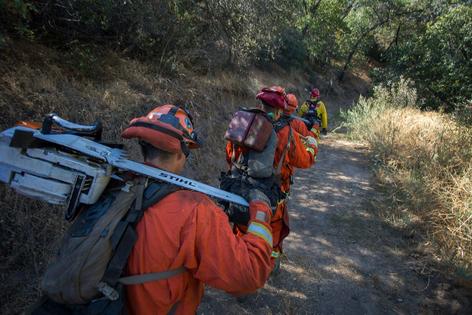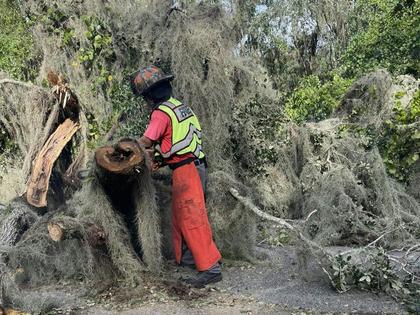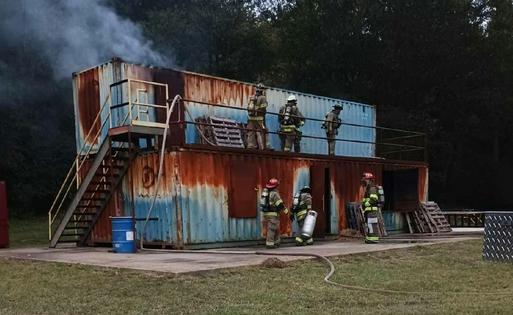Rural counties increasingly rely on prisons to provide firefighters and EMTs who work for free, but the inmates have little protection or future job prospects
Published in Science & Technology News
If you call 911 in rural Georgia, the nearest emergency responders might come from the local prison.
In 1963, the Georgia Department of Corrections began a program to train incarcerated people as firefighters to support not only their prisons, but also the surrounding communities. Over time, the program has grown dramatically. Today, prison fire teams from 19 Georgia state prisons, including a women’s prison, and six county prisons are trained in firefighting and emergency medical response.
The crews respond to motor vehicle accidents, structure fires, brush fires, hazardous materials incidents and search and rescue efforts, among other emergencies – all without being paid a salary. Jackson County, Georgia, describes incarcerated firefighters as responding to “every structural fire in Jackson County, where they serve as manpower support to every Fire Department on scene.”
Georgia is not alone in this practice. Prison systems in Alabama, California, Indiana, Mississippi, New Mexico and Wyoming, along with the Federal Bureau of Prisons, have deployed incarcerated firefighters to respond to local emergencies.
But while these programs fill a vital service in many rural areas, they aren’t universally loved. They have been accused of both exploiting incarcerated people and taking jobs away from professional firefighters.
I study connections between disasters and mass incarceration and spend a lot of time talking with prison officials, disaster response teams and inmates. My research has found that incarcerated people have become increasingly embedded in local emergency response efforts as EMTs and firefighters. There are two primary reasons: the vulnerability of rural communities and vulnerability of the incarcerated workers.
Many rural communities have been struggling for years to provide adequate emergency services. As they lose population, their tax bases dwindle. Volunteer fire departments have also been harder to staff as increasing demands in the workplace and on families have left less time for volunteering.
At the same time rural communities were declining, the 1980s to early 2000s saw an explosion in prison construction. Tough-on-crime policies led to an increase in the rate of incarceration, even as research suggested incarceration had a minimal-at-best relationship to crime rates.
Prisons were marketed as a way to stabilize rural communities devastated by declines in manufacturing and resource-dependent industries such as mining. They remain a staple of many fragile rural economies today.
Prison fire departments initially started to train prison staff and incarcerated people to protect prisons from fires, knowing there might be little or no outside support in their rural locations. Occasionally, prison fire brigades responded to local emergencies or disasters if the local fire department needed help. But that has changed in many communities.
...continued













Comments